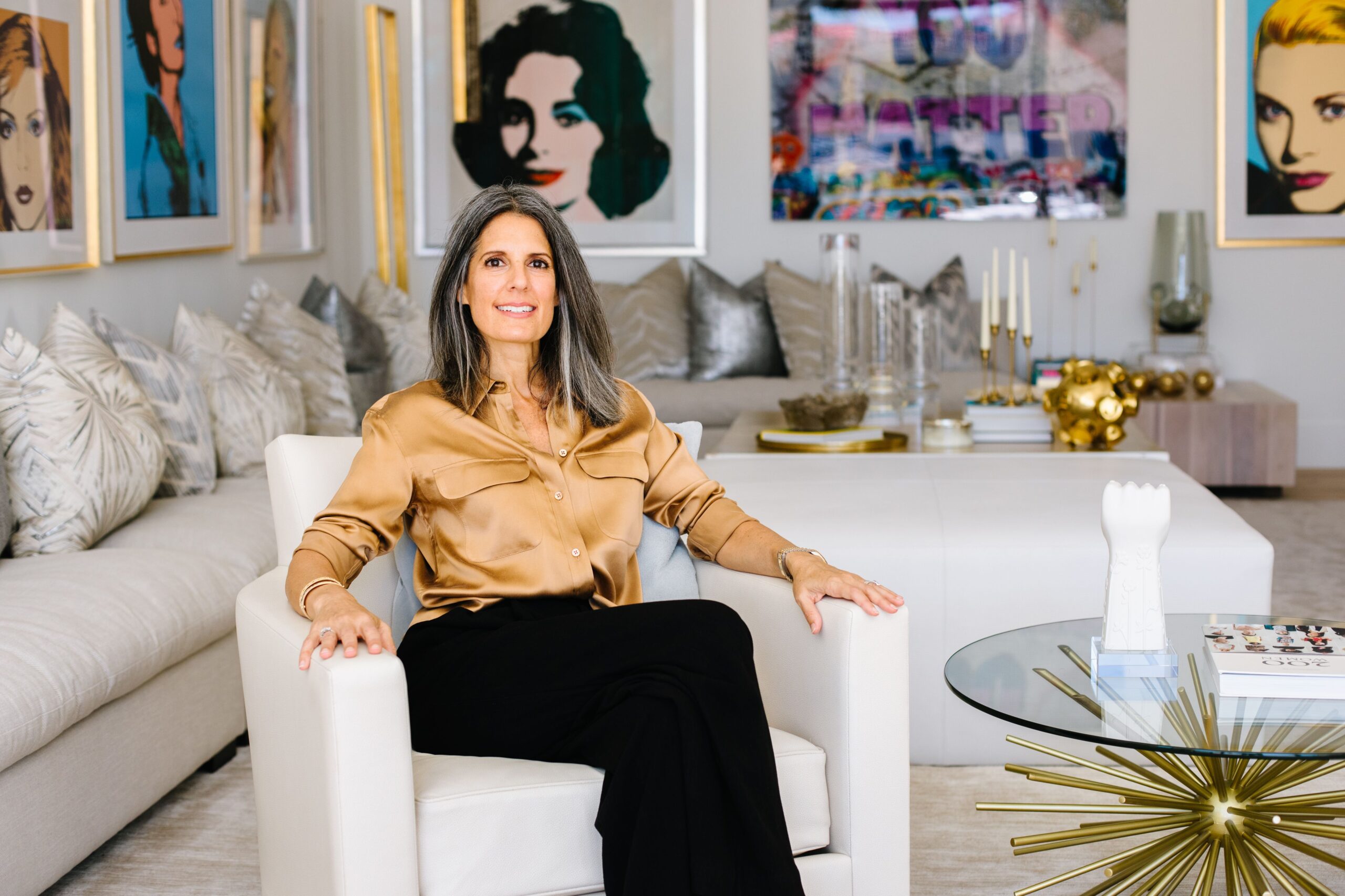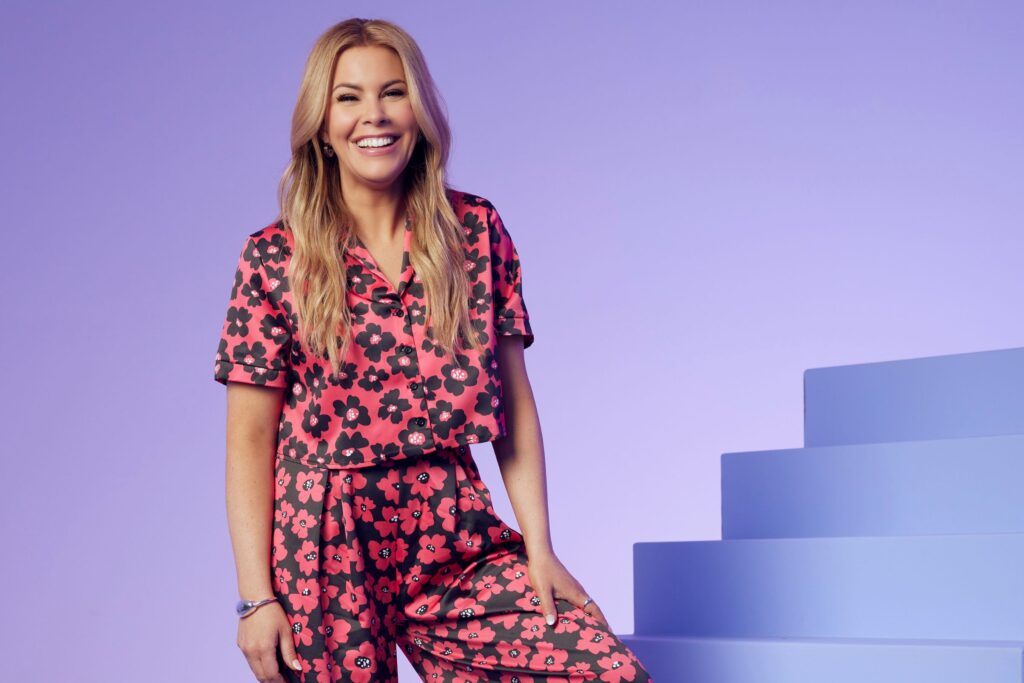Amanda Hanson, clinical psychologist, author, therapist, and one of the most influential voices in the world of personal development and coaching for women—thanks in no small part to her @midlife.muse Instagram, YouTube channel, and 56-episode Revolutionizing Midlife podcast—was busy planning her upcoming retreat when we spoke in early fall.
An international group of women, for whom true love had thus far remained a painfully elusive dream, had signed up for the four-day course, and Ms. Hanson was going through their emails to see what they each hoped to achieve. The answer was unanimous: to find love. But here’s the thing, the women weren’t seeking advice on how to fall in love with another person: No, what they wanted was to fall in love with themselves. Each one was battling her own worst enemy—herself—and was looking for a way to silence the voice that had always told her she wasn’t this or that enough, that she had failed to do or be something more; and replace it with one that always showed her compassion, respect, and kindness.
“Women’s inability to love, honor, and value themselves is a global crisis,” said Ms. Hanson. “It transcends nationality, and age, and social demographic. … I want to help women break free from certain misery patterns, such as seeking validation and approval from others, and always putting others’ needs before their own. I want to pass on what I’ve learned—that all the love we need, all the appreciation we need, all the recognition we need, is rooted within us.”
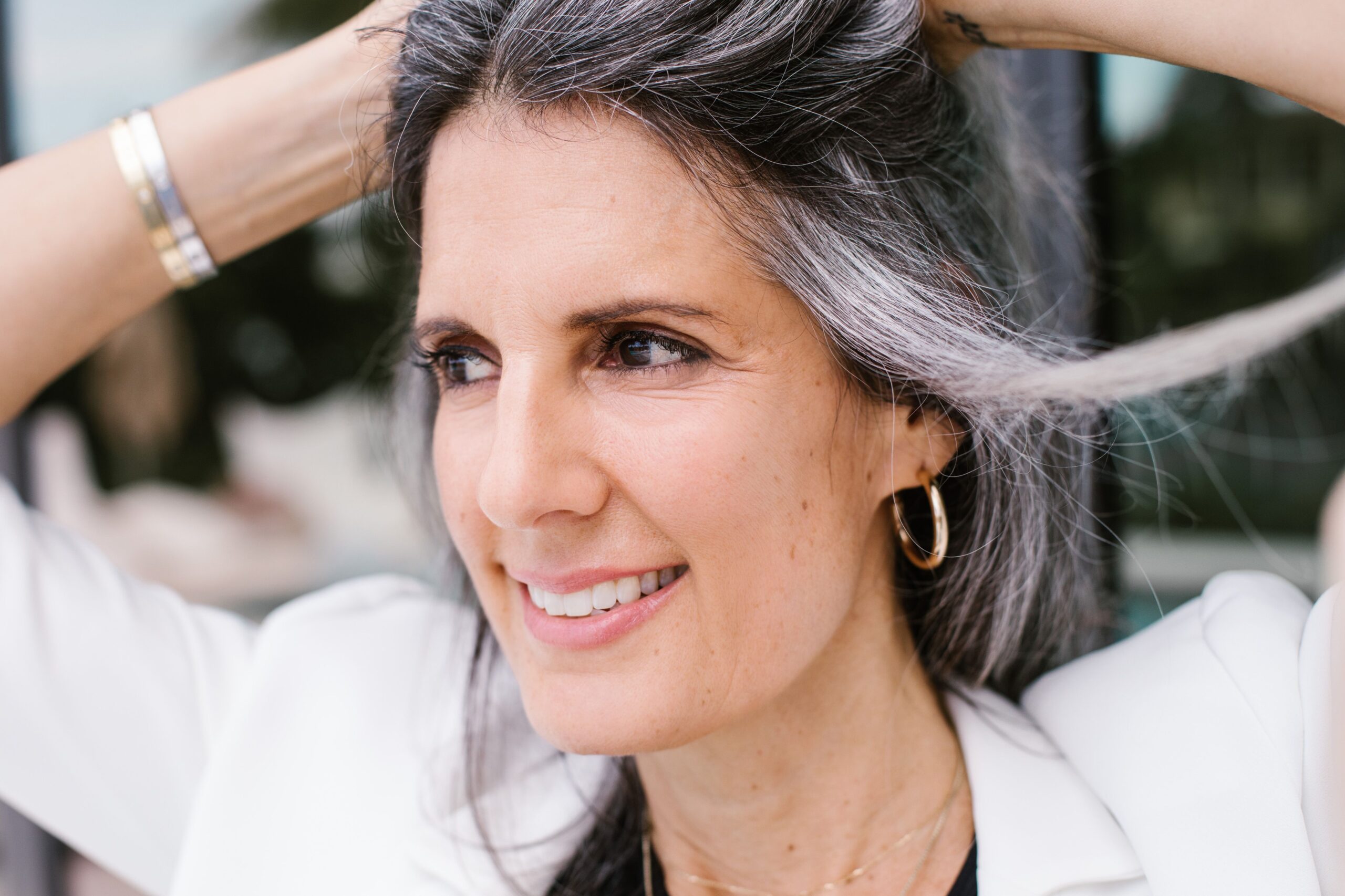
Supporting Women’s Journeys
Ms. Hanson, who turned 51 in November, didn’t always specialize in women and midlife. She earned her doctorate at Alliant International University in California (formerly the California School of Professional Psychology) and has worked with people with schizophrenia, AIDS sufferers, those ravaged by Alzheimer’s, and children in orphanages.
Gradually, though, she found herself drawn more and more to coaching women and quickly saw that many were struggling with the same issues: an inability to self-love; a propensity only to feel of value when serving others; a fear of aging. “That was really my spur,” she said. “My therapy sessions were filled with intelligent, personable, successful, attractive women, … yet even so, each one was being thwarted—professionally, romantically—by their inability to love themselves, coupled with a perception that growing older equaled loss. Not one of them viewed middle and older life as new chapters rich with opportunity. Instead, they saw one door after another closing.” Ms. Hanson wanted to show them that those doors were ready to be kicked open.
So how does she do that? It’s not a quick fix, but rather a lifelong process, beginning with learning to be unruffled by external pressures—especially those messages by advertisers that convey that self-esteem can come from one’s possessions. “It can’t. It can only come from within. Looking out, comparing yourself to others, thinking about how you measure up, will always block your progress to loving yourself. Try to switch off, or, at least, quieten the messages that are trying to sell stuff to you—whether it’s a bag they insist you need, or a cream that will make you look younger and more beautiful. Radiance does not come from your skincare routine; it comes from how you feel, how you think, how abundant your heart is,” she said.
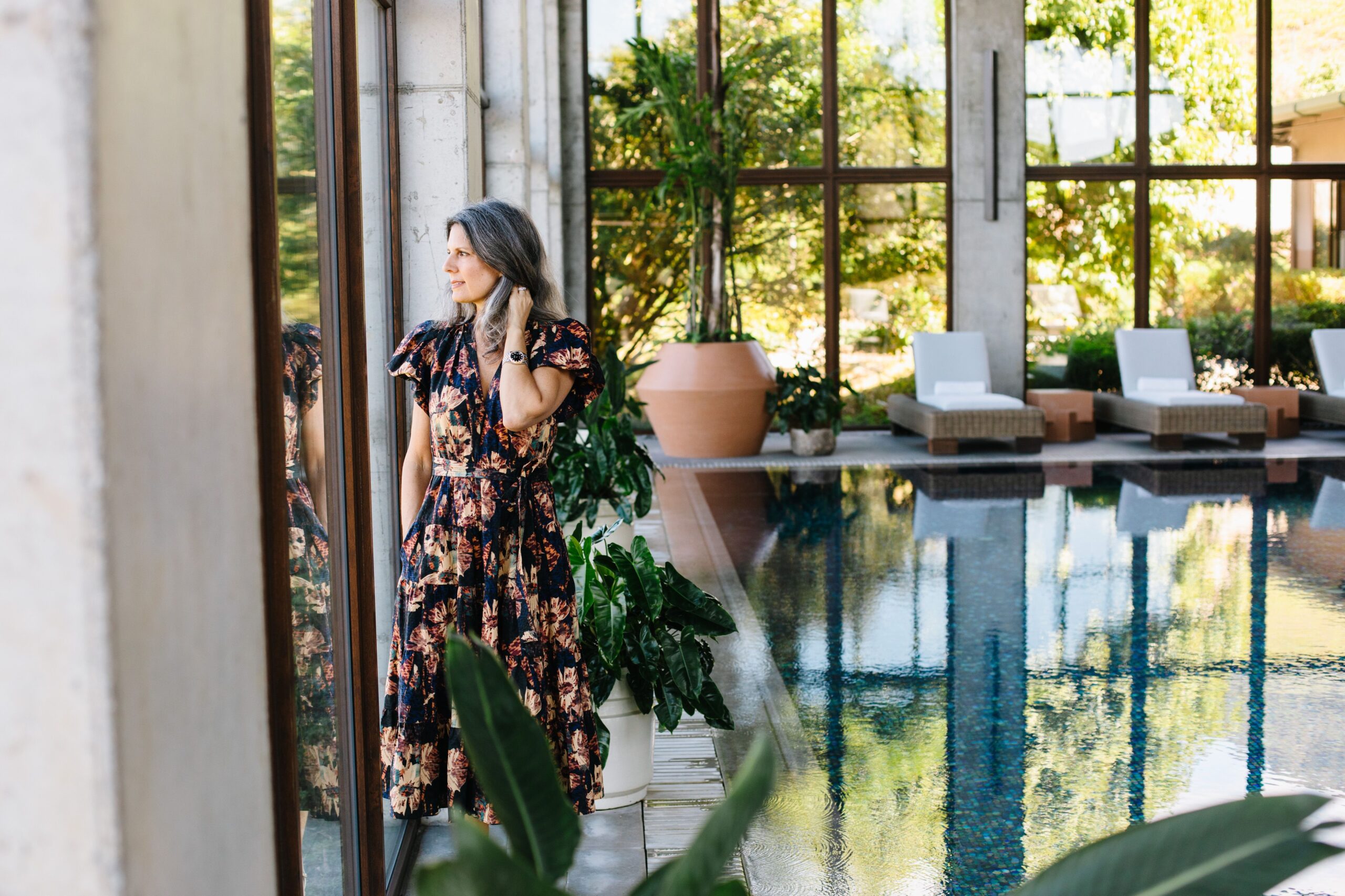
Ms. Hanson, who is completely unaltered—she leaves the silver that threads through her hair showing—would like to see more women taking pride in the changes that aging brings. That feeling, she said, starts with acceptance. “Older age is viewed as an enemy that must be conquered with anti-aging products and even surgery. Think about those words for a minute: anti-aging. We should be pro-aging, because not to age is unnatural. Can you imagine a world in which nothing fades?” For Ms. Hanson, middle and older age is a “glorious and spiritual time, which can deliver renewed purpose, fulfillment, and rewards,” adding that the journey of self-discovery can be “the most beautiful and uplifting rite of passage.”
She would like to lead a revolution so that society celebrates older women, as ancient civilizations did. Indeed, she has looked to those civilizations for guidance on how to become a more effective healer. “I realized that psychologists, myself included, were missing something when treating women. Women have different mental health issues, and some of these can be eased by going back to how our ancestors healed and incorporating some of their practices, such as dance and purification,” she said.
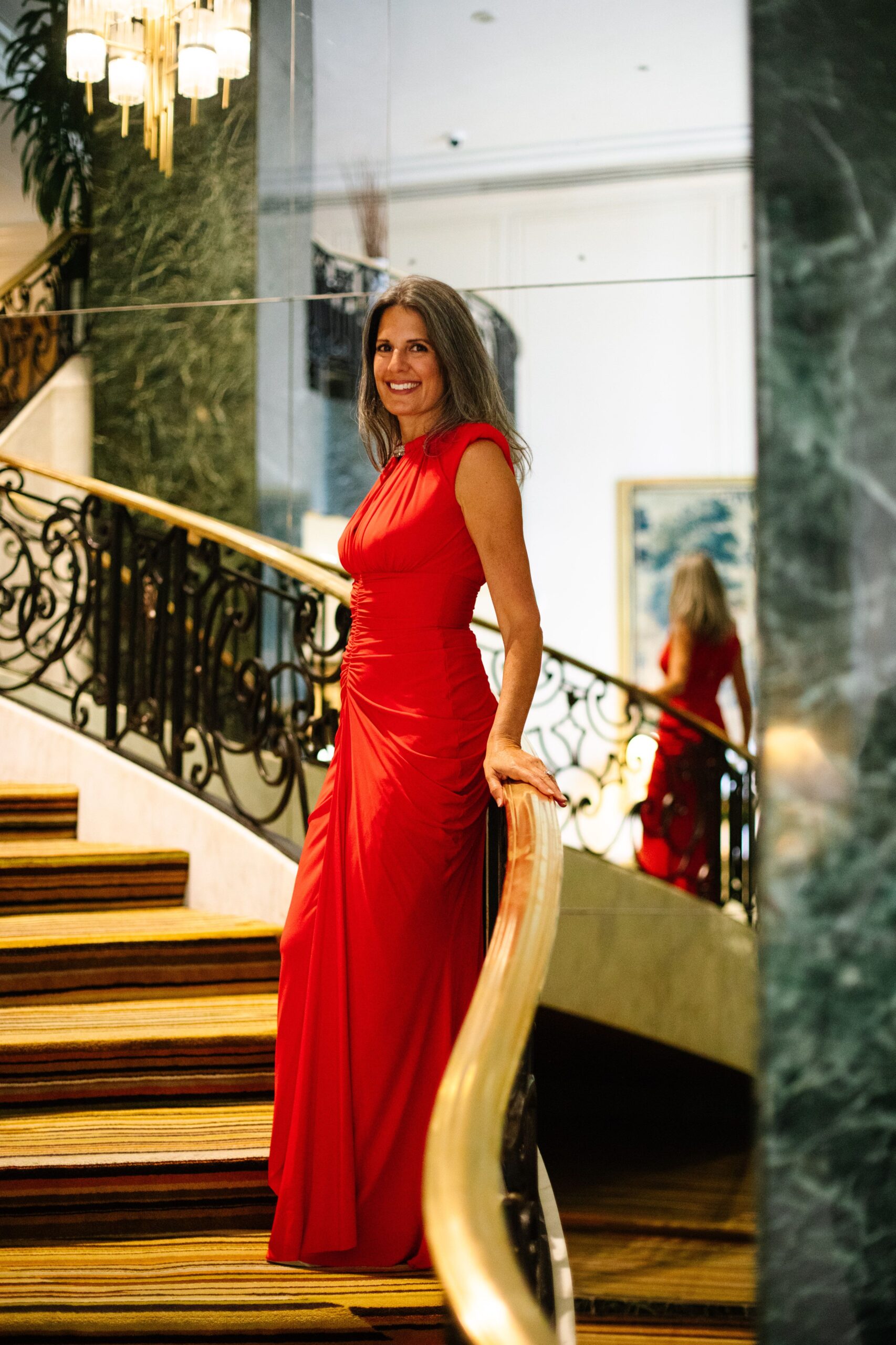
Sisterly Bonds
In her groups and retreats, she also harnesses the power of two other forces: sisterhood and rituals. “When women come together, they very quickly begin to heal each other and themselves. … There is this incredible, palpable, contagious energy that comes from a room full of women offering each other support and compassion and communing. They inspire each other, they cheerlead each other, and in so doing, they nurture themselves. The only word I can use to describe that level of unity is magic.”
Her other foundational resource is ritualization, which she says is a highly effective way to achieve change. “Ritualizing actions imbues them with a significance and meaning that goes far beyond the habitual. They are a way of checking in with ourselves, of taking a few minutes to slow things down and to center our being,” she said. One of her favorite rituals is to look at herself in the mirror for three minutes every morning. “The action is totally without judgment. It is not to critique, but to reach into my being and to notice myself. It’s a gentle acknowledgment that I am present for myself, that I accept everything about myself and that it is my intention to do the best for myself that day.” She suggests starting with 90 seconds, and then building up to three minutes.
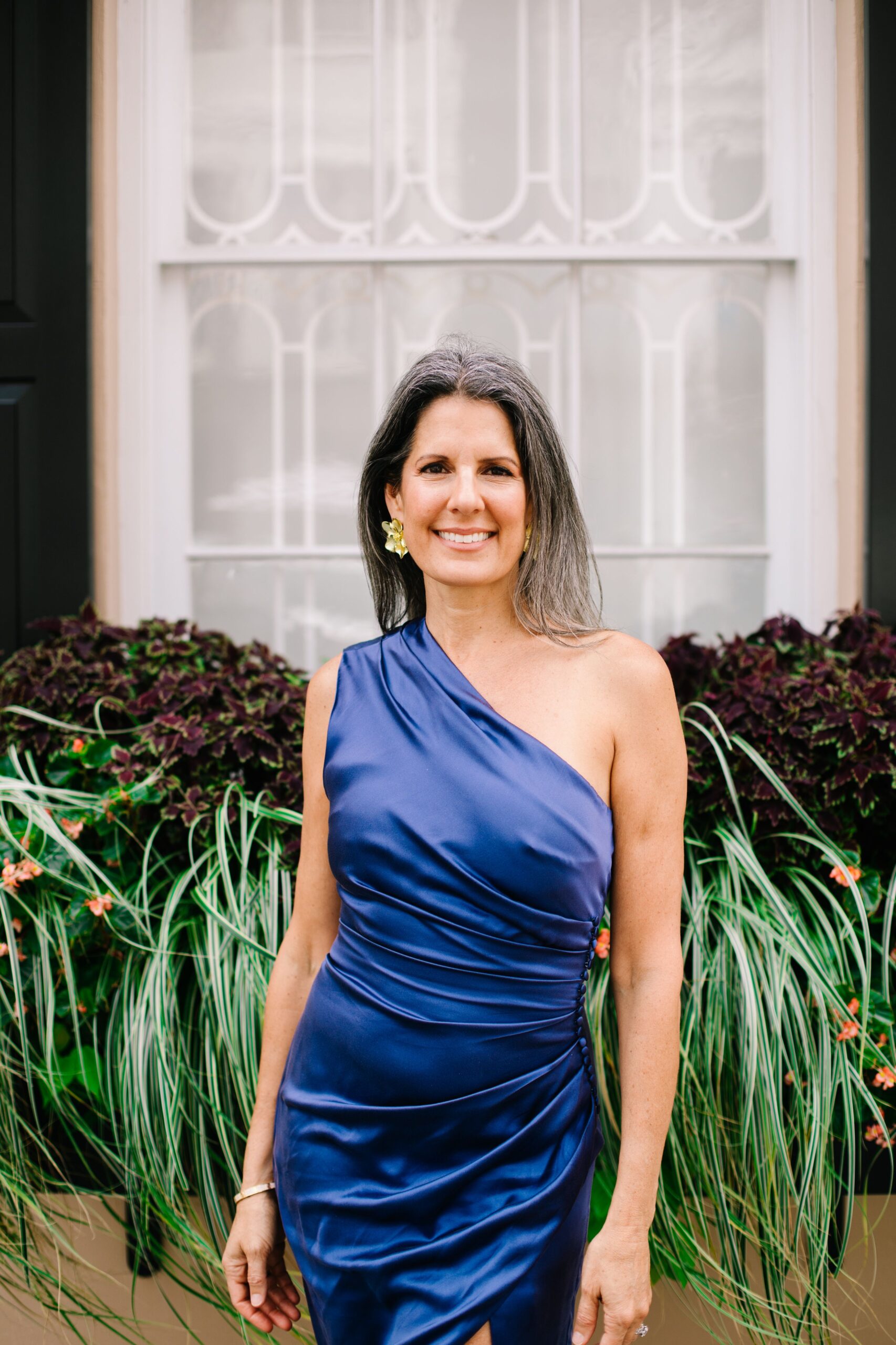
What also sets her apart from many—indeed probably most—therapists, is her belief that there is more to be gained by revealing her own vulnerabilities to the groups she works with than by hiding her own self behind an impenetrable carapace. “I’m human; I’ve had my difficulties; I’ve doubted myself; I have had family problems. I use my own experience and my own vulnerabilities to steward my groups, because I believe that true healing lives in vulnerability, in tapping into our fears and anxieties, not bricking them in in an attempted show of strength,” she said.
Ms. Hanson describes her therapy modus operandi as “front-facing” and confessional. “I’ll say, ‘This was me then, and this is me now, and this is how I got here,’” she explained. She noted that she is able to guide her clients because she went on that journey herself, “where you realize that the only approval you need is your own.”
(This is a short preview of a story from the Dec. Issue, Volume 3.)

